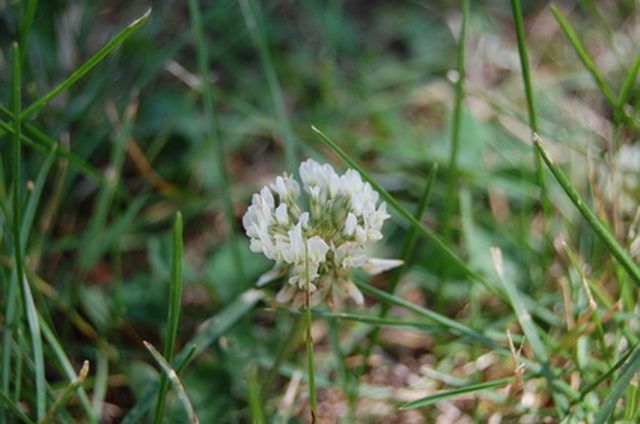Bulbs
Flower Basics
Flower Beds & Specialty Gardens
Flower Garden
Garden Furniture
Garden Gnomes
Garden Seeds
Garden Sheds
Garden Statues
Garden Tools & Supplies
Gardening Basics
Green & Organic
Groundcovers & Vines
Growing Annuals
Growing Basil
Growing Beans
Growing Berries
Growing Blueberries
Growing Cactus
Growing Corn
Growing Cotton
Growing Edibles
Growing Flowers
Growing Garlic
Growing Grapes
Growing Grass
Growing Herbs
Growing Jasmine
Growing Mint
Growing Mushrooms
Orchids
Growing Peanuts
Growing Perennials
Growing Plants
Growing Rosemary
Growing Roses
Growing Strawberries
Growing Sunflowers
Growing Thyme
Growing Tomatoes
Growing Tulips
Growing Vegetables
Herb Basics
Herb Garden
Indoor Growing
Landscaping Basics
Landscaping Patios
Landscaping Plants
Landscaping Shrubs
Landscaping Trees
Landscaping Walks & Pathways
Lawn Basics
Lawn Maintenance
Lawn Mowers
Lawn Ornaments
Lawn Planting
Lawn Tools
Outdoor Growing
Overall Landscape Planning
Pests, Weeds & Problems
Plant Basics
Rock Garden
Rose Garden
Shrubs
Soil
Specialty Gardens
Trees
Vegetable Garden
Yard Maintenance
How to Mix Roundup Weed Killer
How to Mix Roundup Weed Killer. Roundup is a popular herbicide that kills a wide variety of broad leaf plants and grasses. Roundup is sprayed on plants that are actively growing and the leaves take the active ingredient, glyphosate, to the roots of the plants that kills them. Roundup is widely used by farmers, landscapers, golf-course workers and...

Roundup is a popular herbicide that kills a wide variety of broad leaf plants and grasses. Roundup is sprayed on plants that are actively growing and the leaves take the active ingredient, glyphosate, to the roots of the plants that kills them. Roundup is widely used by farmers, landscapers, golf-course workers and homeowners because it kills such a wide range of plants.
Things You'll Need
Roundup concentrate
Spray bottle or container
Measuring spoon or cup
Latex gloves
Water
Permanent marker
Choose a still day to mix the Roundup for spraying. Roundup will kill just about any plant, and if the over-spray lands on the landscape plants they will die too. Label the container you are using with the permanent marker. Phrases or words like "dilute Roundup" or "Roundup" will keep you from using the spray bottle for any other purpose other than killing weeds in the future.
Assemble the items needed to mix the Roundup. Add sufficient water to the spray bottle or container. Note how much you added, either by pouring it in using a cup measurement or by looking at the volume guides on the spray equipment you are using.
Read the dilution instructions on the back of the bottle of Roundup concentrate. They give specific amounts depending on how much water you are using. Add the proper amount with either a measuring spoon or cup and put the sprayer back on the bottle or container. Tighten carefully and shake the container or bottle to distribute it evenly throughout the solution.
Pump the sprayer a few times to raise the solution. Sometimes it takes a few trigger squeezes to bring the water up the tube to start spraying the plant. If you are using a spray bottle that had water in it previously, pump the sprayer to bring the Roundup solution up, so that when you do spray the weeds, you are applying the herbicide solution, not just water.
Tips & Warnings
Spray weeds when they are actively growing. Spray on a calm day and when plants are dry and it is not likely to rain within 30 minutes of application.
Always use gloves when mixing and applying the Roundup.
Never use the measuring cups or spoons for another purpose after they have been exposed to the Roundup or any other weed killer or chemical.
Store the Roundup concentrate and solution away from children or pets in locations too high for them to reach.